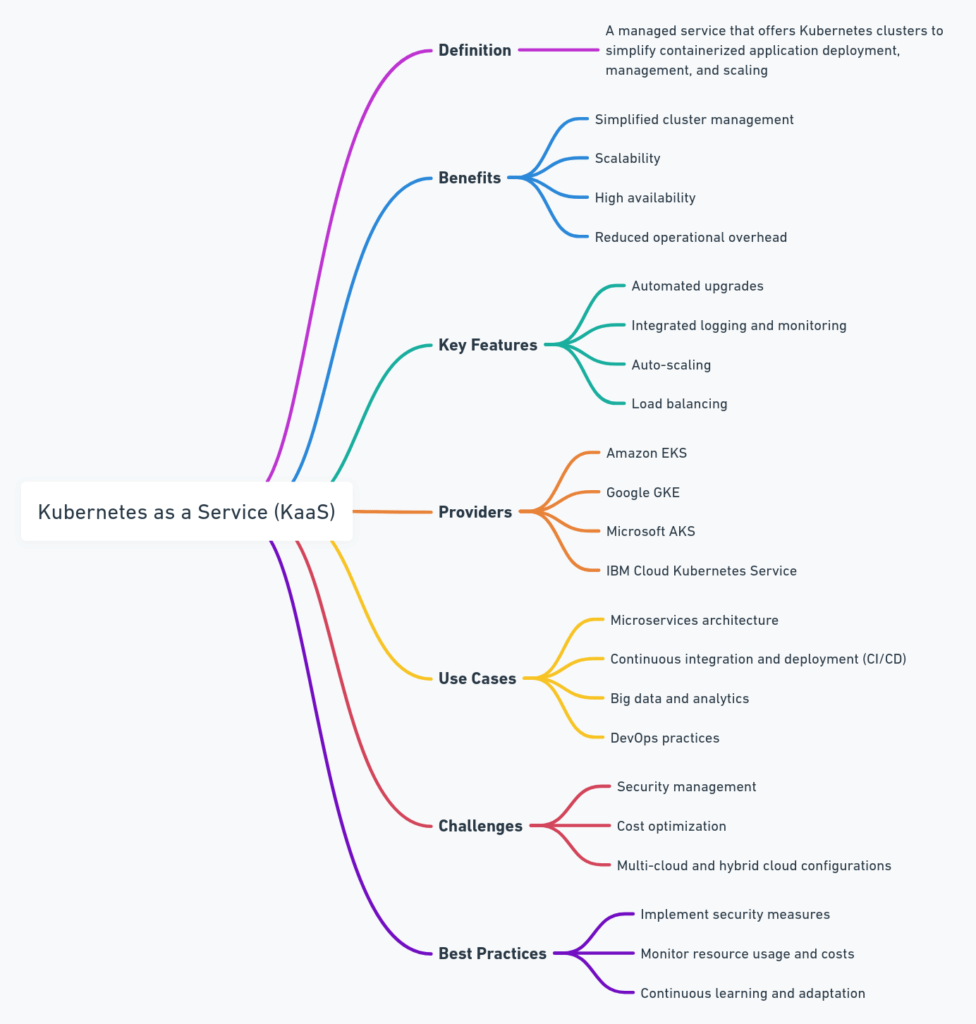Kubernetes as a Service (KaaS) offers a compelling solution for managing containerized applications with ease and efficiency. By opting for KaaS, you entrust the complexities of deploying, managing, and scaling a Kubernetes cluster to a cloud provider, allowing you to concentrate on developing and optimizing your applications. This approach significantly reduces the operational overhead and technical challenges associated with Kubernetes, streamlining your development workflow and accelerating time to market.

Benefits of Kubernetes as a Service for Your Site
- Simplified Management: KaaS abstracts away the intricate details of cluster management, including upgrades, patching, and scaling, ensuring your infrastructure is always up-to-date and performing optimally.
- Scalability: Easily scale your applications up or down based on demand without manual intervention, ensuring efficient resource utilization and cost savings.
- High Availability: KaaS providers typically offer multi-zone or multi-region clustering options, enhancing the availability and reliability of your applications.
- Security: Benefit from the cloud provider’s security protocols and compliance standards, reducing the risk associated with data breaches and cyber threats.
- Focus on Innovation: Free up valuable resources and time to focus on developing new features and improving your site, rather than managing infrastructure.
Implementing KaaS for Your Site
To leverage Kubernetes as a Service for your site, consider the following steps:
- Choose a Cloud Provider: Evaluate KaaS offerings from leading cloud providers like AWS (EKS), Google Cloud (GKE), and Azure (AKS) to find the one that best suits your needs in terms of features, scalability, security, and cost.
- Deploy Your Application: Containerize your site’s components if not already done, and deploy them onto the Kubernetes cluster. Utilize KaaS features for automated deployments, scaling, and management.
- Monitor and Optimize: Use the monitoring and management tools provided by the KaaS platform to keep an eye on application performance, resource usage, and costs, making adjustments as necessary.
- Continuous Integration/Continuous Deployment (CI/CD): Integrate your KaaS environment with CI/CD pipelines to automate the build, test, and deployment processes, enhancing agility and reducing the potential for human error.